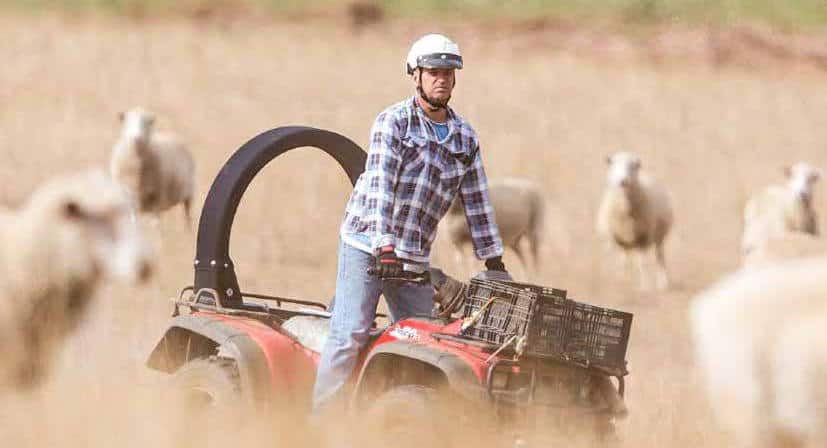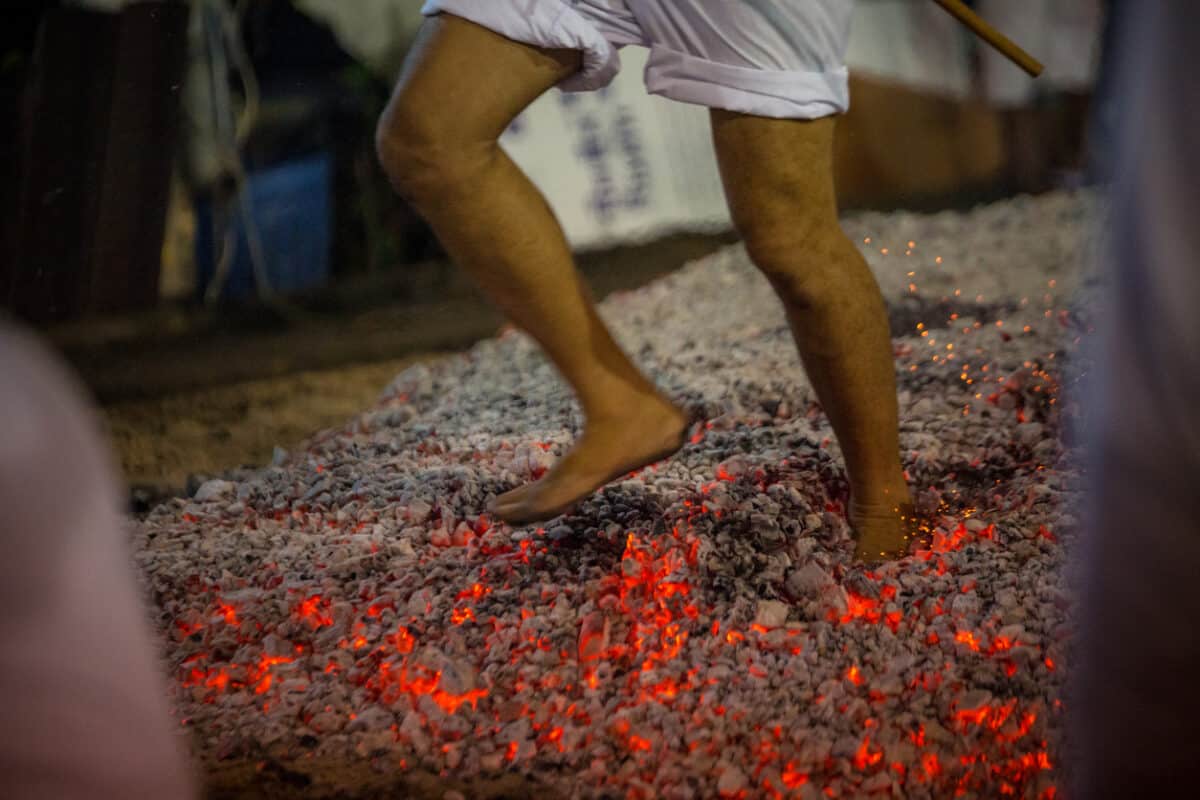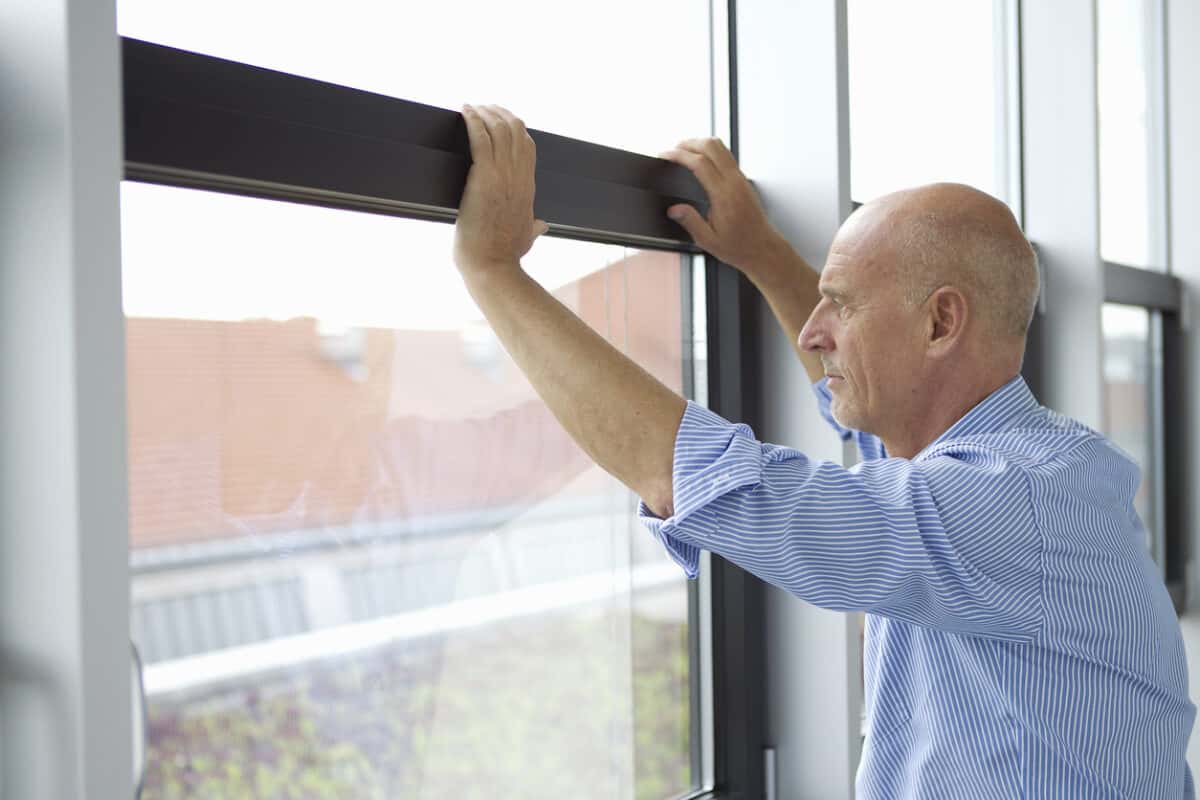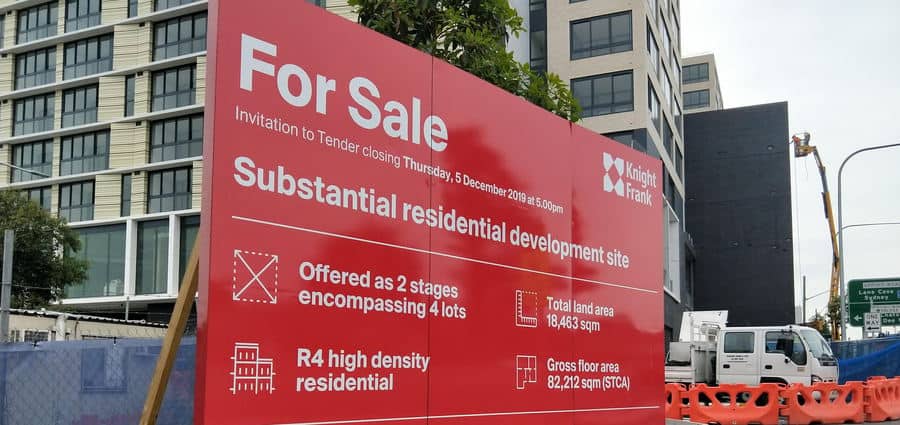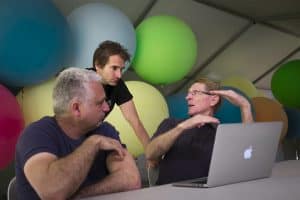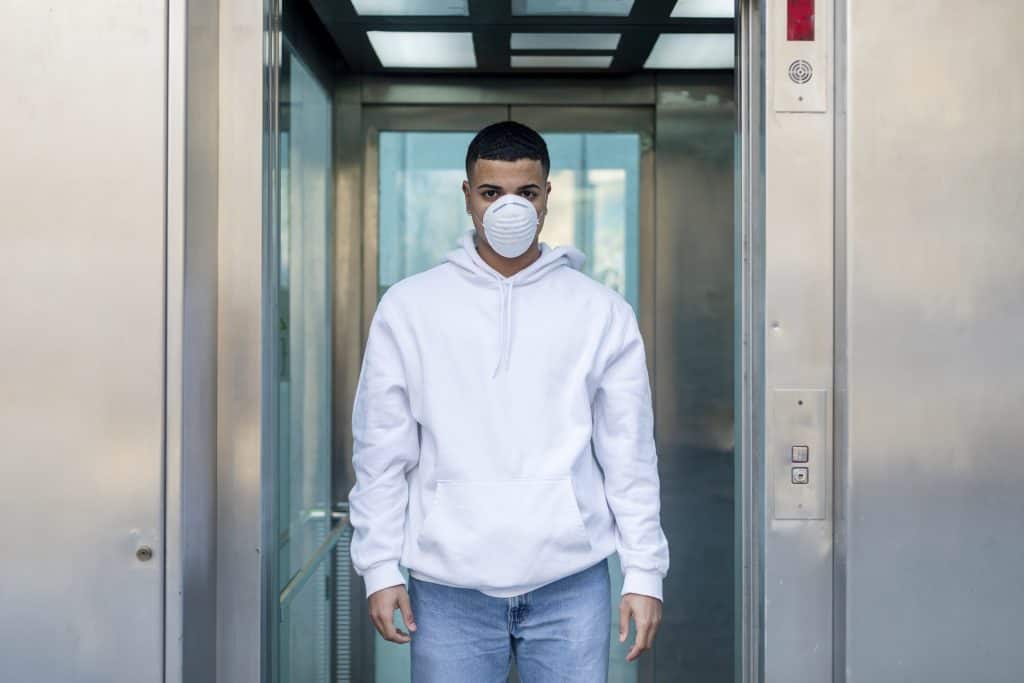The issue of quad bike safety has largely disappeared from the mainstream media. This is largely due to the decline in opposition to installing Crush Protection Devices (CPD) on newly-purchased quad bikes in line with the Australian Competition and Consumer Commission (ACCC) mandated safety standards. On November 24 2022, the ACCC released statistics that showed the success of applying an Engineering Control (the CPDs) favoured by the safety advocates over the Administrative Controls (training, signage and dynamic riding) favoured by the manufacturers and their lobbyists.
The quad bike safety saga in Australia, in particular, is a textbook study of farm politics, globalisation, belligerence, the ownership of evidence, the macho culture of independence, manipulation of consumers, ineffective politics, ineffective occupational health and safety (OHS) arguments, the power of money and more. (There’s an important book challenge to anyone who has the time and the resources)

